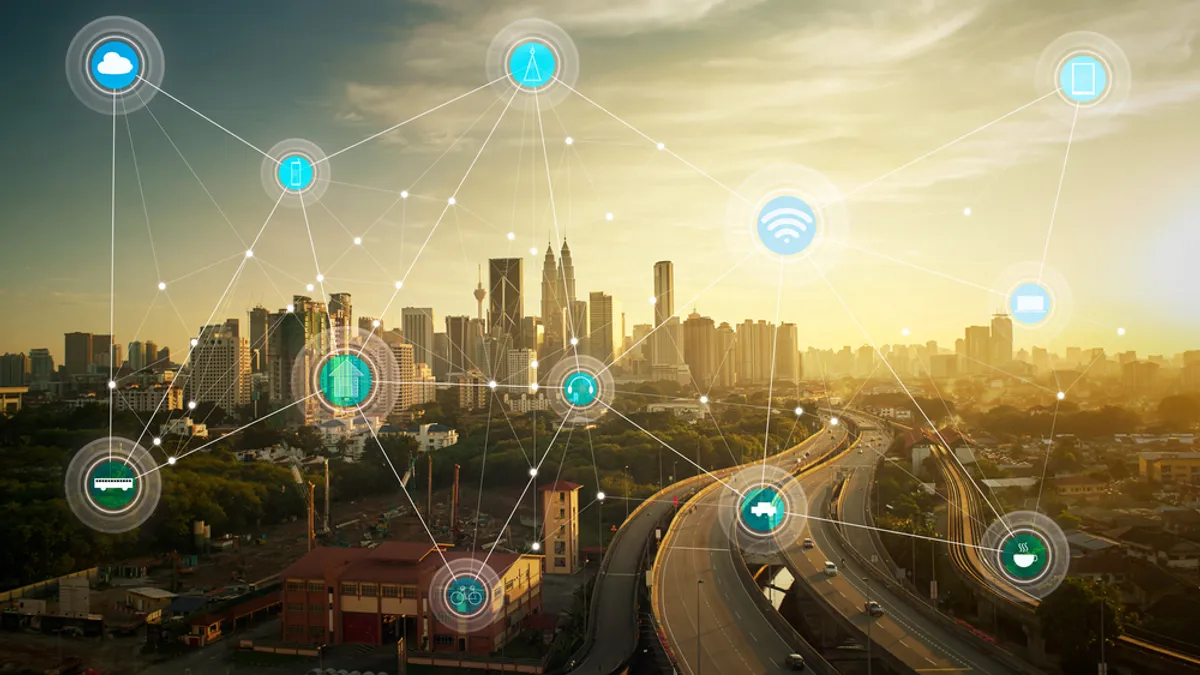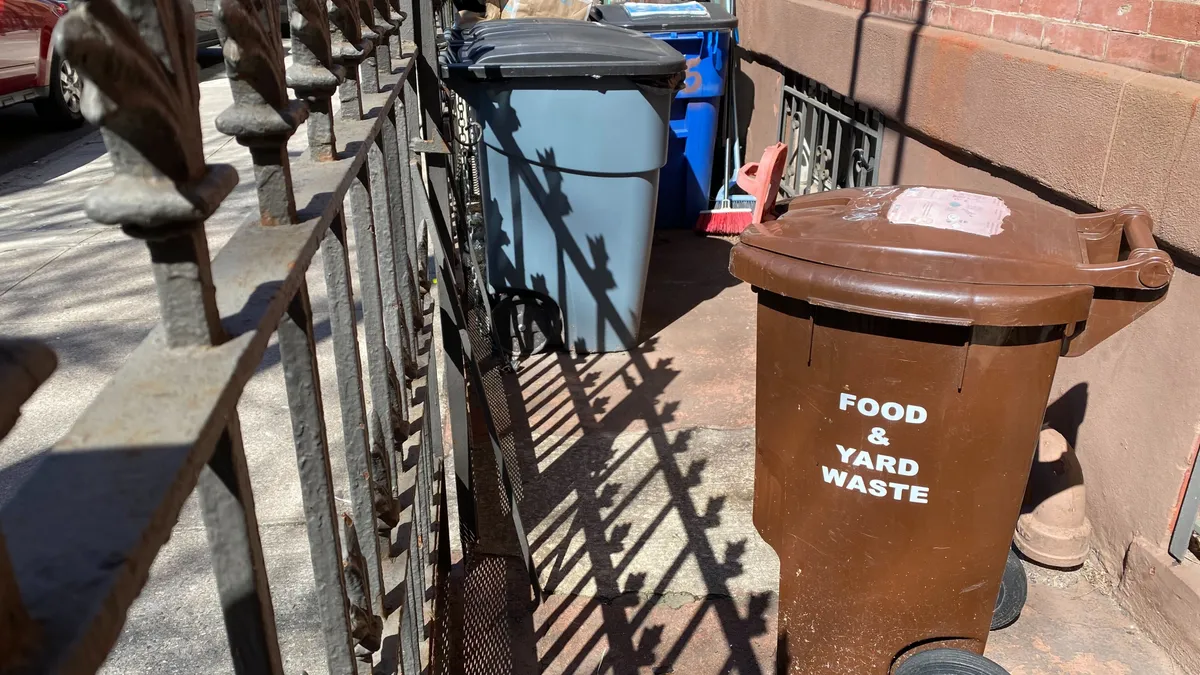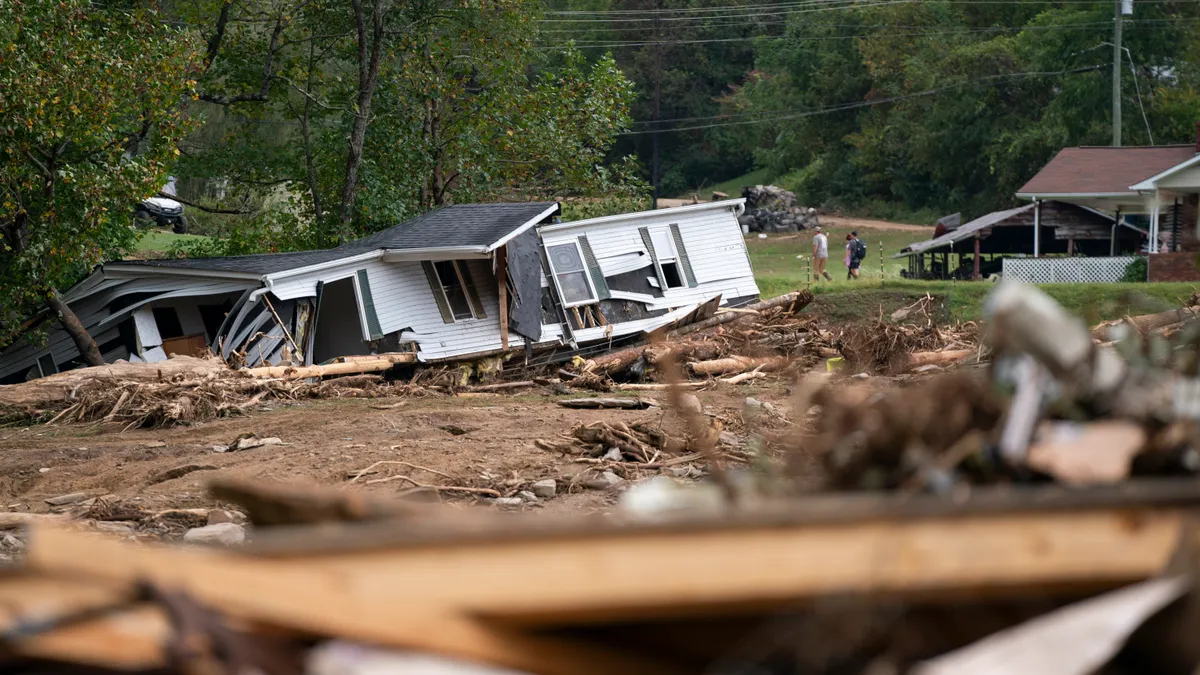In a Tuesday webinar, a number of smart city consultants offered best practices to assist governments in building more resilient cities and regions as the nation looks toward recovery from the new coronavirus (COVID-19) pandemic.
The webinar, hosted by IEEE Smart Cities — particularly the P2784 working group — centered around the idea that cities have an opportunity to advance various technologies to better respond to crises, and they should use existing frameworks offered by organizations like the National Institute of Standards and Technologies (NIST) to weave elements of resiliency into long-term smart city frameworks.
"We should stop calling it a smart city; we should call it a responsive city," said Benson Chan, co-founder of innovation firm Strategy of Things, on the call. Chan's firm works with NIST and other organizations like CompTIA and Qualcomm in building resiliency and internet of things (IoT) strategies and guidance for governments. Chan and other speakers shared these strategies on the call through four key learning objectives.
1. Understand the elements of a resilient city
To build a resilient city, leaders must understand what a resilient city does, Chan explained. He suggested cities should thrive for five specific factors of a resiliency plan: prevention, protection, mitigation, response and recovery.
These factors are embedded into the UN's "ten essentials" for disaster risk reduction, which Chan highlighted as a key resource for understanding urban resiliency. Those essentials include strengthening financial capacity, safeguarding ecosystems and increasing infrastructure resilience.
Chan also pointed to the Centers for Disease Control and Prevention's (CDC) Public Health Emergency Preparedness and Response Capabilities for cities to mimic. Those guidelines organize response capabilities into six domains — community resilience, incident management, information management, countermeasures and mitigation, sure management and bio-surveillance — for a detailed outline of how cities can respond to health emergencies.
2. Understand the smart city ecosystem framework
Once cities identify their resiliency goals and targets, they must lay it into a framework that can help those goals scale from small ideas into actions that potentially reach beyond the city.
"When we think of smart cities, I want you to think of a continuum ... From a community, to a city, to a region," Chan said, noting that many smart city goals are shared outside of the city limits, and resiliency frameworks can do more to address that.
The framework should lay out how resilience can be handled across multiple stakeholders to reach positive outcomes that infiltrate quality of life, government efficiency, health, sustainability and safety, among other city priorities, Chan said.
Cities can use a blank matrix to compare how recovery measures line up with CDC guidelines on response, then further build that into a long-term resiliency framework.
3. Review how smart city tech is currently helping COVID-19 response
To assist with outlining targets and building a framework, cities should also look to current trends and initiatives being implemented to address coronavirus.
Chan said there are four stages to the current pandemic: slowing the spread, pre-vaccine normal, vaccine to new normal, and new normal and beyond. As there is not yet a vaccine to prevent the spread of the virus, Chan noted that exposure avoidance and health system readiness are the "only two weapons we really have at this point" to directly response to COVID-19.
However, cities can learn from how their peers are optimizing exposure avoidance and actually addressing health system readiness when building their own resiliency frameworks. They can also think ahead to consider how building an entirely new innovation ecosystem can help aid resiliency, particularly through use of technology.
4. Identify long-term opportunities for tech and IoT
Communities and public health systems are underprepared for the continued spread of COVID-19, and many are turning to technology for help, Chan said. Yet the question remains: What technologies will we need to support the "new normal" when this pandemic is over?
IoT has an opportunity to play a major role in three areas of pandemic recovery, the speakers said: targeted intervention (i.e. air quality monitoring), agile response to new outbreaks (i.e. medical personnel tracking), and safe space (i.e. fever detection cameras).
"What we've been able to do is think of this more as an instance of the longer-term," said Christopher Reberger, an economic and financial advisor of emerging technologies. Reberger said that while private sector stakeholders may approach solutions fast and loose, due to bigger budgets and short-term goal-setting, government leaders must understand the value that IoT and technologies will play years beyond this pandemic.
Gordon Feller, founder of Meeting of the Minds, pointed to Sidewalk Labs' recent decision to pull out of the Quayside project on the Toronto waterfront. Decisions like this — which rest on plans that were not resilient for the long-term — may influence cities to do "much less glamorous projects" post-recovery, instead focusing on small-scale wins.




















